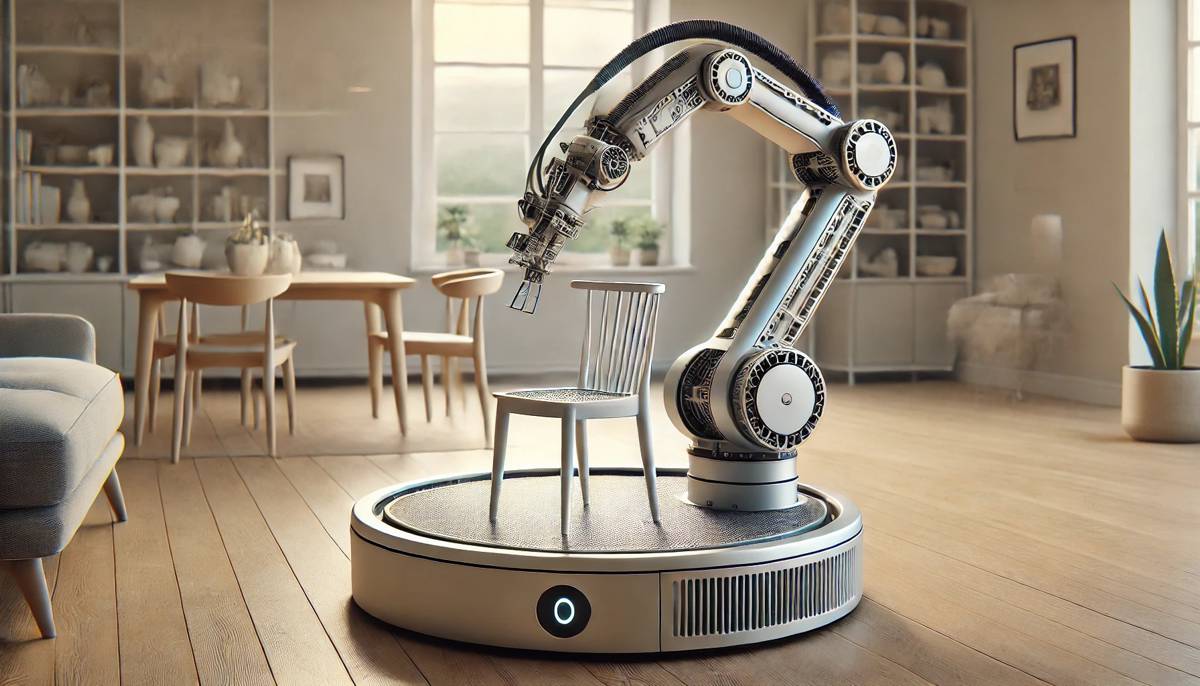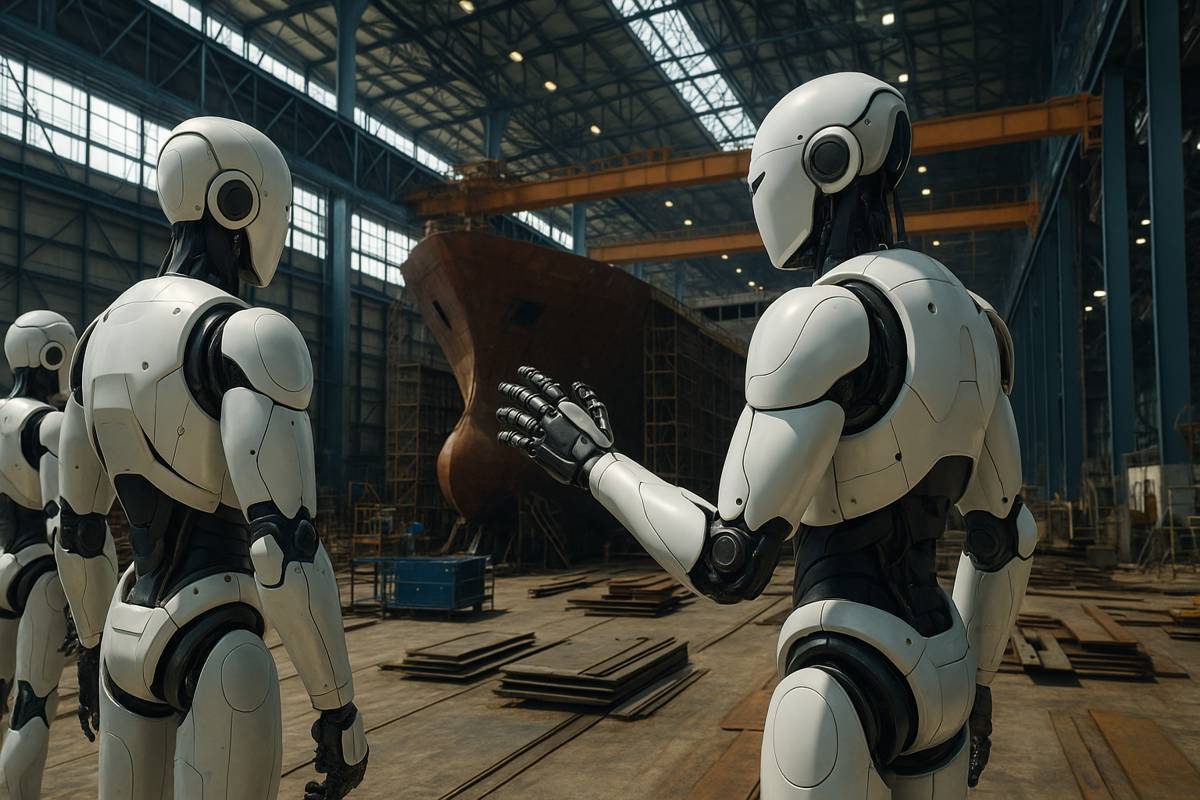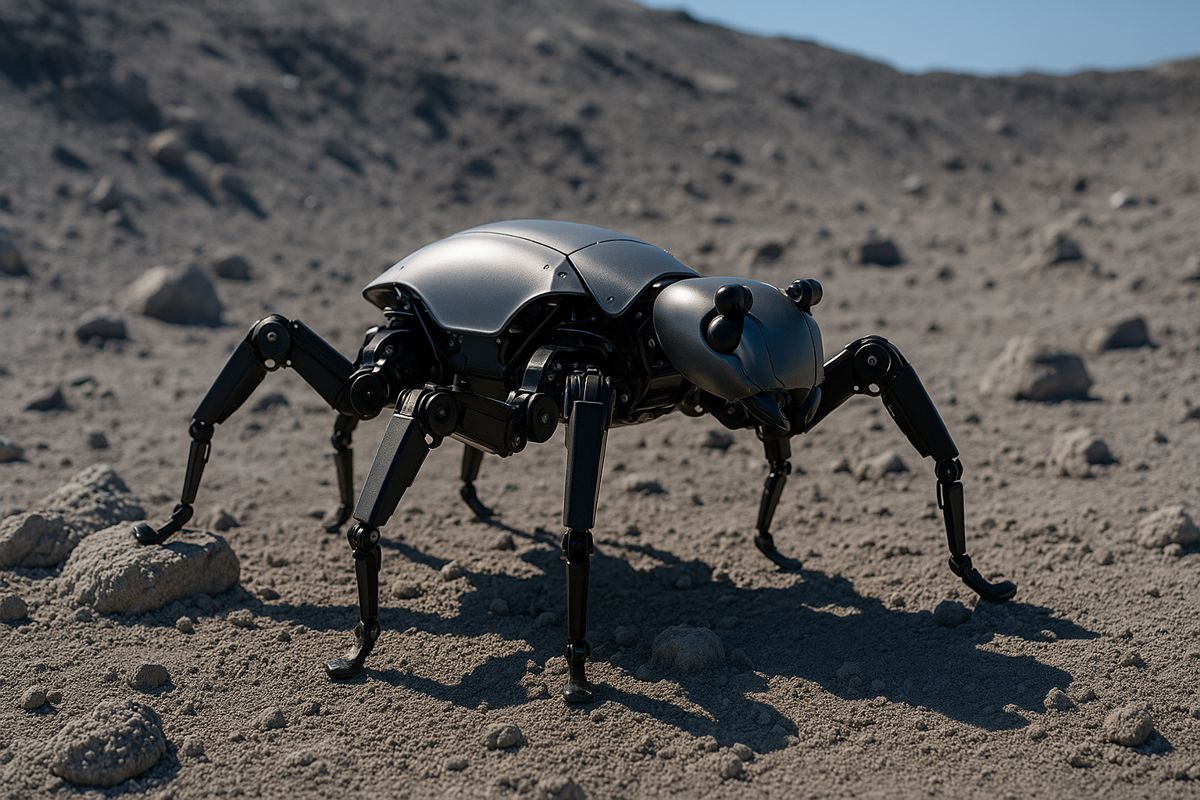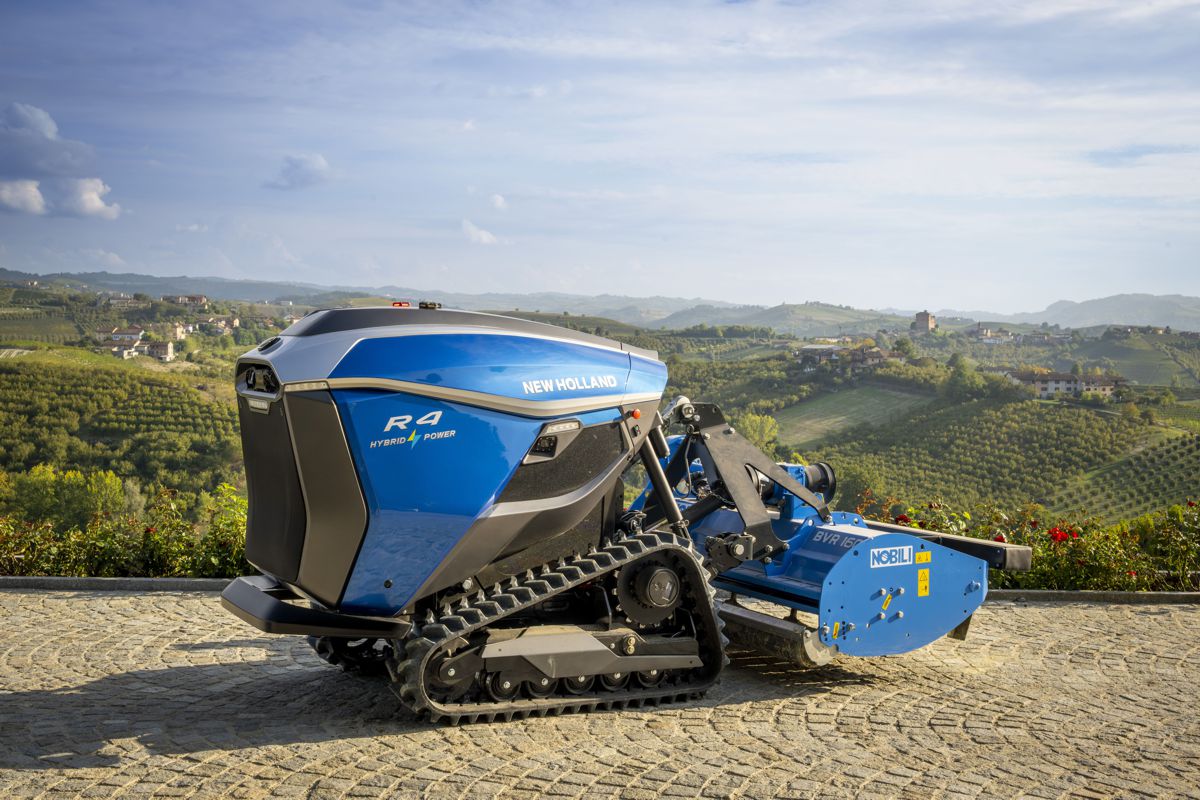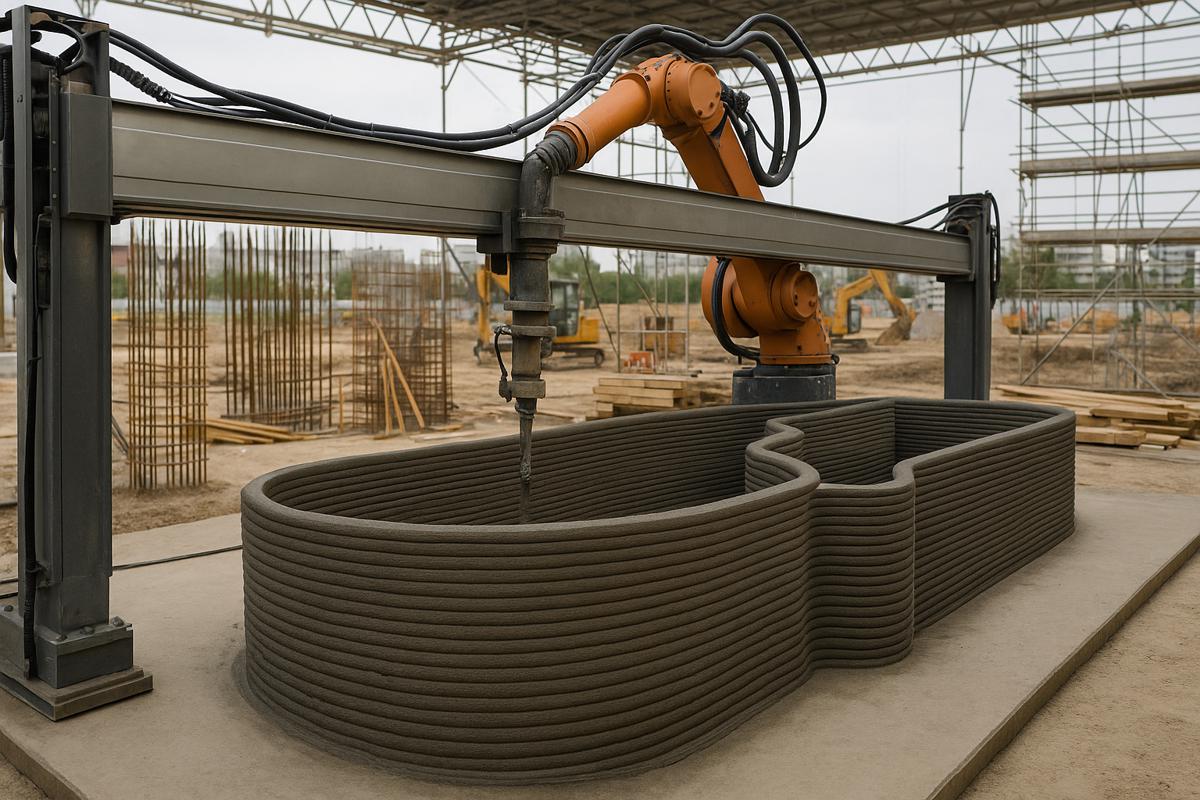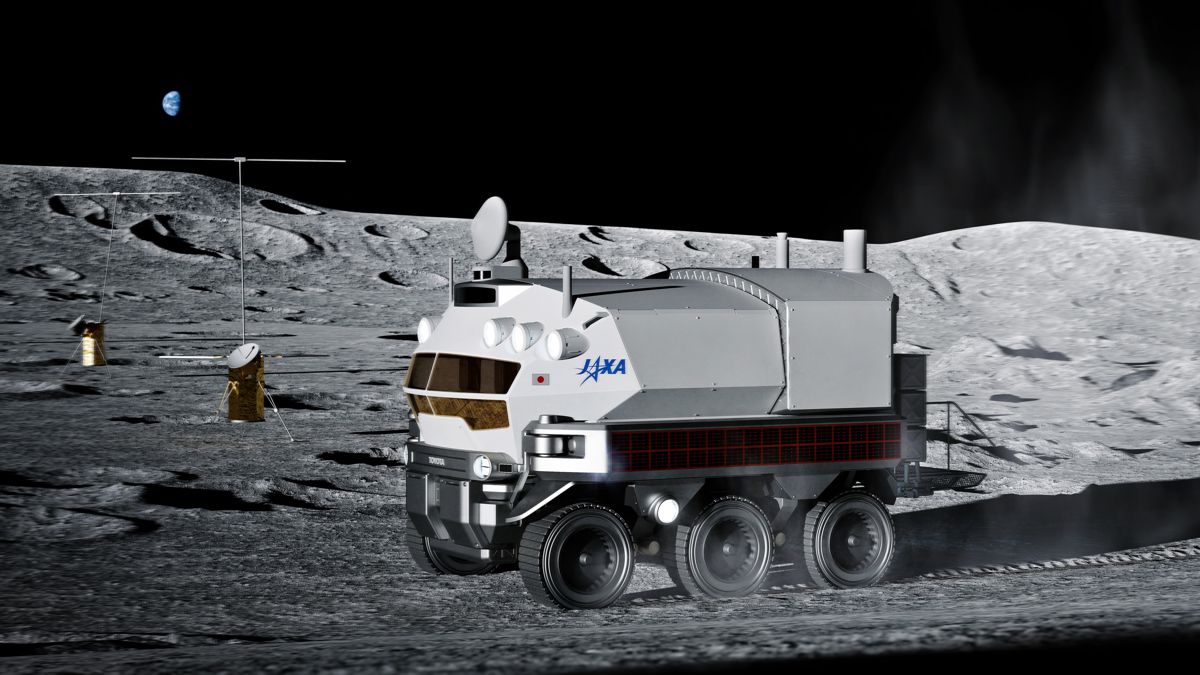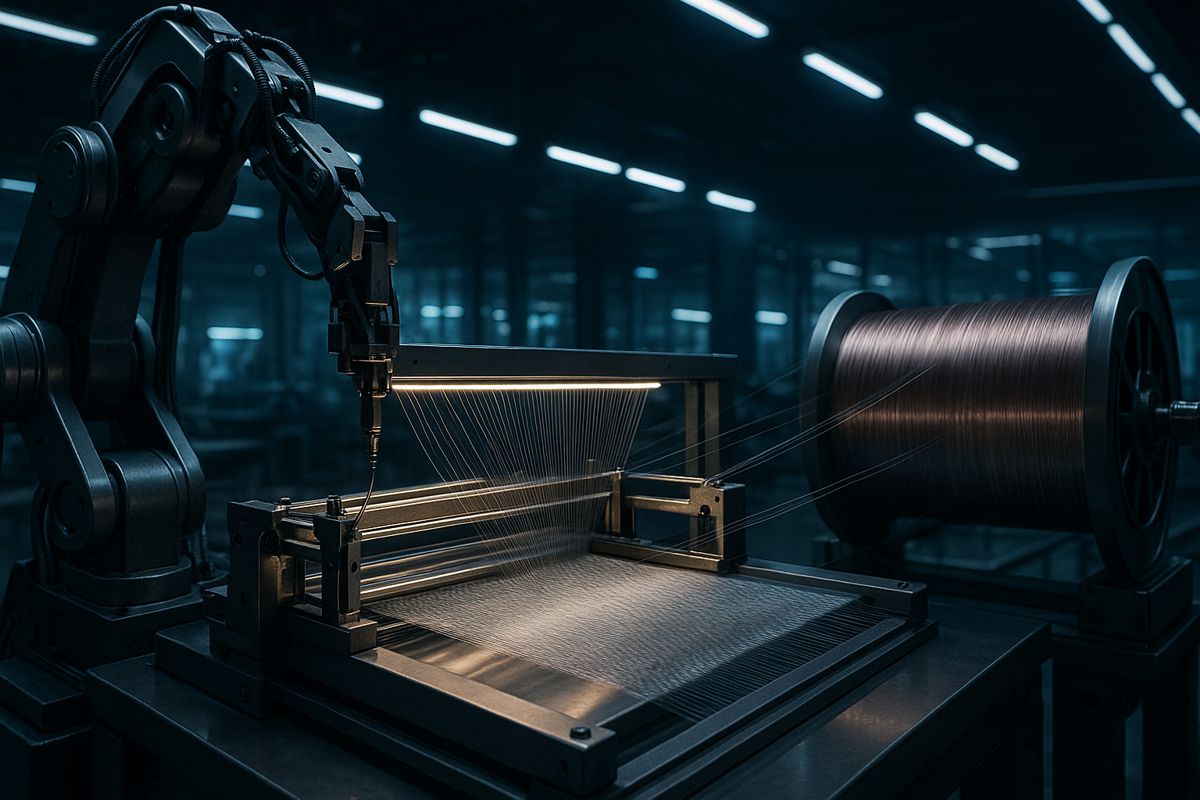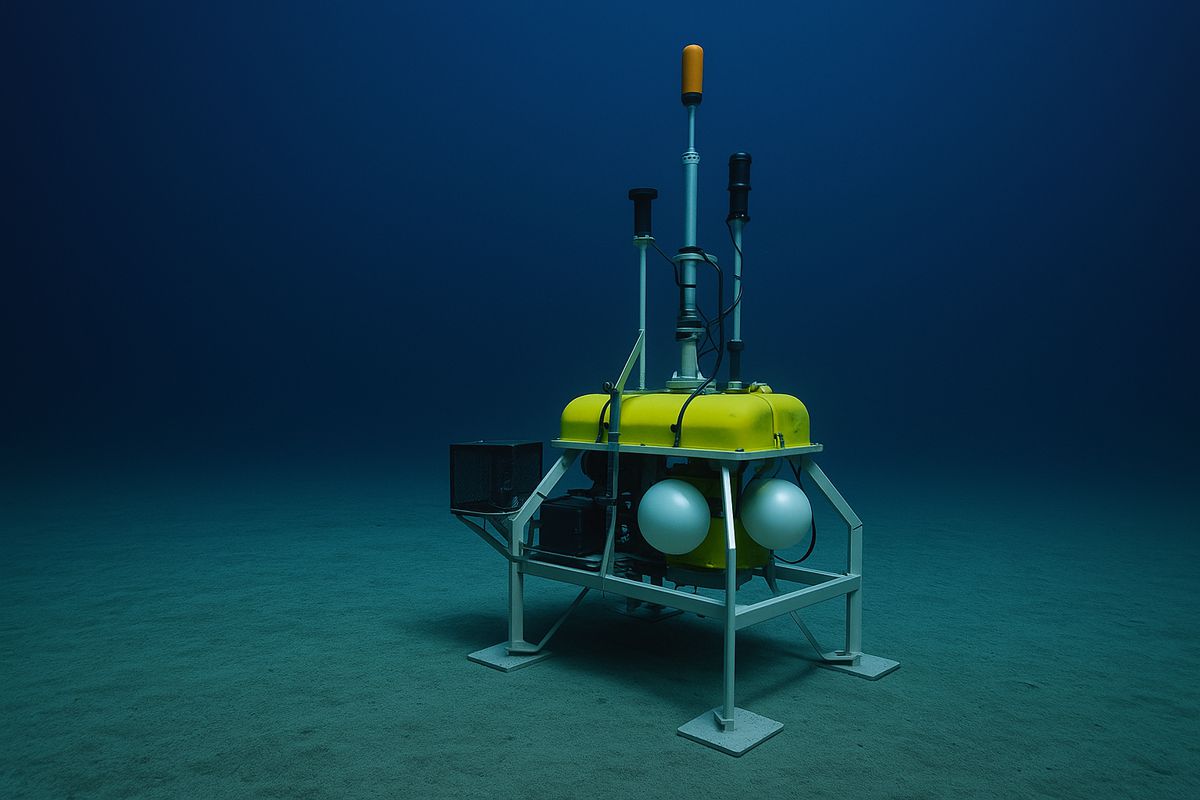MobiPrint Mobile 3D Printing Robot Redefines Accessibility and Personalisation
In recent years, the world has witnessed the extraordinary evolution of 3D printing, transforming industries from manufacturing to medicine. But, until now, most 3D printers have been stationary, limiting their application in dynamic spaces.
Enter MobiPrint, a mobile 3D printing robot prototype developed by researchers at the University of Washington. This innovative system, presented at the ACM Symposium on User Interface Software and Technology in Pittsburgh, aims to redefine the way we interact with our built environment, enabling real-time customisation, accessibility improvements, and creative installations — all without the need for a fixed workspace.
What Sets MobiPrint Apart?
Most 3D printers are confined to a single spot, requiring separate measurements, scaling, and manual placement for any object that doesn’t fit on their platform. This makes adding 3D-printed elements in situ cumbersome. Handheld 3D printers exist but often lack precision and ease of use, requiring skill to operate effectively.
MobiPrint, however, changes the game by autonomously mapping spaces, calculating precise dimensions, and allowing the user to choose a specific spot in the environment to place and print objects. Designed using a modified vacuum robot, MobiPrint embodies the concept of on-demand, location-specific 3D printing.
Features at a Glance:
- Autonomous Mapping: Uses LiDAR for real-time spatial mapping
- Interactive Interface: Allows users to select, scale, and position prints on an intuitive digital map
- Customisation Library: Includes ready-made objects and supports user-uploaded designs
- Material Flexibility: Currently prints using PLA, with potential for future material expansion
According to Daniel Campos Zamora, a doctoral student in the Allen School and part of the MobiPrint team: “Now we’re asking: How can we push it further and further into the world, and lower the barriers for people to use it? How can we change the built environment and tailor spaces for people’s specific needs — for accessibility, for taste?”
Enhancing Accessibility
MobiPrint’s application for accessibility stands out as a significant advance. For blind or low-vision individuals, MobiPrint can print tactile markers that convey essential information about surroundings — from text directing conference attendees to specific rooms to warnings near staircases. These markers serve as a powerful tool to improve navigation and inclusivity in public spaces.
MobiPrint can also construct small ramps over floor transitions that may otherwise be difficult for wheelchair users to navigate. Jon E. Froehlich, a professor in the Allen School, reflects on this capability with optimism: “I think about kids out biking or my friends and family members who are in wheelchairs getting to the end of a sidewalk without a curb. It would be so great if in the future we could just send Daniel’s robot down the street and have it build a ramp, even if it was working just for a short period of time.”
Creative Customisation for Modern Spaces
Beyond accessibility, MobiPrint opens up exciting opportunities for bespoke customisation in both residential and commercial settings. Art enthusiasts, for instance, can use MobiPrint to create small, floor-based installations or embellishments up to three inches tall. Pet owners might even add a custom cat food bowl directly onto the kitchen floor. These applications showcase how MobiPrint bridges the gap between digital design and real-world, tangible outputs, giving users unprecedented control over their spaces.
With its onboard library, MobiPrint provides a variety of templates for users to choose from, but it doesn’t stop there. The system also enables users to upload their own designs, which can then be resized and positioned on the map before printing. This feature grants users complete freedom to tailor their surroundings according to personal tastes and needs.
The Technology Behind MobiPrint
At its core, MobiPrint is built on a modified consumer vacuum robot, outfitted with state-of-the-art 3D printing components and powered by a LiDAR system for environmental mapping. The LiDAR sensor enables MobiPrint to scan its surroundings, creating a digital map for users to interact with. Once the mapping is complete, users can access a graphic interface that transforms the space into an interactive canvas. By selecting a model from the MobiPrint library or uploading their own, users can set the exact location, scale, and orientation of their desired object.
Once the design is finalised, MobiPrint moves autonomously to the chosen spot and begins the printing process, using a popular bioplastic called PLA. This material, frequently used in 3D printing, is lauded for its biodegradability and versatility, making it a suitable choice for indoor applications. However, the MobiPrint team is exploring ways to recycle printed objects directly on-site, ensuring sustainable usage over time.
Future Potential and Expansion
While MobiPrint’s current prototype can print directly on floors, the research team envisions a future where it might print on vertical surfaces, like walls, or even outdoors. Expanding to materials like concrete could unlock new applications in construction and infrastructure, offering rapid customisation for everything from temporary walkways to modular structures.
Looking forward, the team also aims to integrate additional sensors and materials, allowing MobiPrint to adapt to diverse environments. Liang He, an assistant professor at Purdue University who co-authored the research during his time at the Allen School, has shown interest in broadening the range of applications. If MobiPrint’s capabilities continue to grow, it could one day be used to create accessibility ramps on sidewalks, reconstruct damaged areas, or even beautify public spaces with custom art installations.
A Reconfigurable Environment for the Future
The idea of adaptable spaces resonates strongly in today’s world, where inclusivity and personalisation are increasingly prioritised. With the development of MobiPrint, the researchers at the University of Washington have laid the groundwork for a future in which environments can be customised to meet the specific needs of the individuals who use them. By lowering the barriers to 3D printing technology, MobiPrint brings the possibility of “printing on the fly” to both private homes and public spaces.
As Froehlich put it, MobiPrint’s impact could be truly transformative, illustrating the potential for “reconfigurable environments” tailored to the needs of different people. And with advancements on the horizon, the promise of mobile, adaptable 3D printing continues to spark excitement across multiple sectors.
